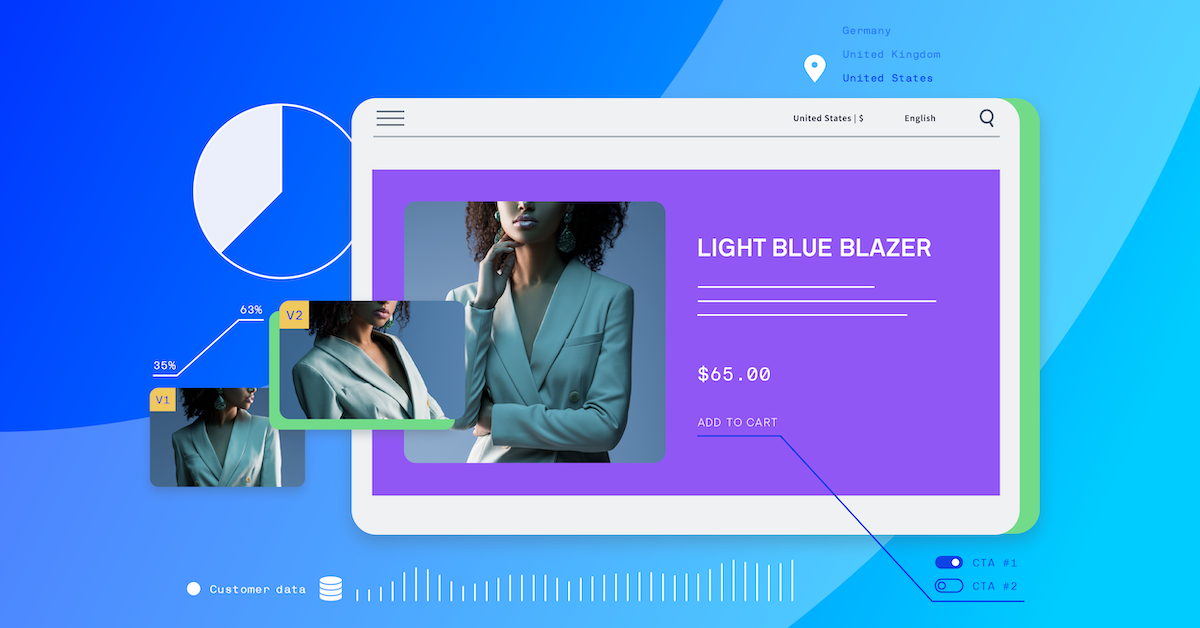MARKETING
A Digital Practioner’s Guide to Starting the New Year Right

It’s that time of year again – the holiday excitement has faded as we fall back into the workweek. With a year’s worth of work stretched in front of us, there can be both a sense of opportunity and overwhelmedness.
Because transitioning back into the swing of things can be daunting, We’ve gathered key takeaways from the previous year, global Opticon Tour, and how we can successfully apply those learnings in 2023.
1. “Work about work” is holding teams back. Take this chance to declutter.
Consider the reality of what most digital teams are up against. When it comes to managing the content lifecycle, draft documents that are stored in separate places and disparate tools that don’t work together are the norm for many. With no centralized point of communication and cumbersome workflows, it can take forever for teams to create and approve content, and work is often duplicated or unused.
After work is completed, it can be easy to dismiss the headaches caused by inefficient, siloed workflows and processes. But the long-term effects of inefficient and bulky collaboration can be detrimental to a brand’s digital experience – and bottom line. (Those who joined us in San Diego at Opticon might recall this concept played out via ).
Digital teams with unwieldy content lifecycles can take back control using , saving countless hours and frustration over the year.
2. Change is constant. Set your team up to be adaptive.
We all know how difficult it is to create amazing customer experiences these days. The world is moving faster than ever, and change is constant and chaotic with uncertainty on nearly every level: economic upheaval, rapid cultural change, ever-escalating customer expectations (thanks, Amazon), and a tight talent market.
To not only stay the course but to also grow in this unpredictable environment, it’s important that teams constantly stay on the lookout for new ways to drive more sales and increase loyalty. In other words, consistently deliver modern, relevant, and personalized commerce experiences.
But keeping pace doesn’t necessarily mean working harder. Optimizely’s Monetize solutions, teams can drive sales and loyalty with fewer costs and efforts.
3. Data fuels a great customer experience. Test and optimize every touchpoint.
As practitioners, we all know that the best customer experience wins.
When teams don’t clearly understand what’s happening and when, they miss the mark. With little patience and high expectations, today’s customers will simply switch to a competitor that better understands them and provides a more personalized experience.
But when teams work together to inject data across silos, they have the insight needed to make the right decisions and create with confidence.
For instance, take the marketing team: with access to a slew of customer touchpoints and experimentation data, marketers should be a critical resource for understanding customers’ wants and needs. Developers, product teams, and beyond should utilize this data to remove the guesswork and inform strategies, priorities, roadmaps, and decisions.
With customer-centricity at the heart of any great digital experience, the best experiences are fueled by data uncovered by high-velocity experimentation. Consider the power that Optimizely’s Experimentation products can have on your entire team’s ability to unlock personalized insights and better connect with customers.
Hopefully, your new year is off to a great start – but if you’re feeling a little off track, contact Optimizely today to learn more about our DXP can impact your business and set you up for a successful and productive year.
A special thanks to our sponsors at Opticon London – Microsoft, Google Cloud, Valtech, and Siteimprove – and Opticon Stockholm – Microsoft, Google Cloud, Valtech, and Contentsquare.



















You must be logged in to post a comment Login